How To Use Transferrable Points Currencies (such as Max Miles)
Transferrable points currencies, or open-loop points currencies, are points that you can transfer across to a range of airline or hotel loyalty programmes. They can either be affiliated with a bank (such as AmEx), or part of a third-party programme. This is in contrast to a closed-loop point, such as one Avios, or one Asia Mile, or one Virgin Point, which can't be transferred to use outside of the airline (hence "closed-loop").
Max Miles are a form of transferrable points currency, as you can transfer Max Miles to 30+ airline and hotel options. The below post will talk more about what a transferrable point is, followed by four tips on how best to maximise the value of transferrable points.
What Is A Transferrable Points Currency?
A transferrable point is a point that you can transfer to be used with an airline or hotel. This can either be:
- with a bank (such as AmEx Membership Rewards points, HSBC Rewards Points, Revolut's RevPoints), which you earn when spending with their card
- with a third-party company (such as HeyMax), where you spend through our portal on eligible partner merchants
- through an airline or hotel that allows you to transfer points to one of their partners (e.g. Marriott Bonvoy points, which can be transferred to multiple airline partners)
The way transferrable points works is that you spend with a vendor (either with your card if earning credit card rewards points, or as a tracked visit on HeyMax's portal if earning Max Miles), and you're gifted points based on your tracked visit. The company that rewards the points then gets a share of your spending from the vendor (as part of the partnership), so you as the consumer do not pay anything extra.
What Are The Benefits of Transferrable Points Currencies?
Transferrable points currencies can sometimes come at an opportunity cost to directly earning "closed-loop" airline loyalty points. For example, on HeyMax you can double dip with your credit card rewards points, but you can't double dip with another rewards programme, such as Singapore Airlines' own KrisShop. There might even be times when KrisShop might give you more KrisFlyer miles than equivalent miles earned with HeyMax. Similarly, in the UK, you'll earn a higher number of Avios per pound spent with an AmEx Avios card than you will with an AmEx Gold card (which gives you Membership Rewards points). So, why transferrable points?
There are three major reasons. The first reason is that you don't tie yourself down to an airline or even an alliance, and open up mileage redemptions across a variety of airlines. For example, due to the geographies my personal travel is located, a vast majority of my points earnings are either with Cathay Pacific or British Airways, though I'd be able to fly Singapore Airlines business class by transferring my Max Miles to Air Canada's Aeroplan or another Star Alliance programme.
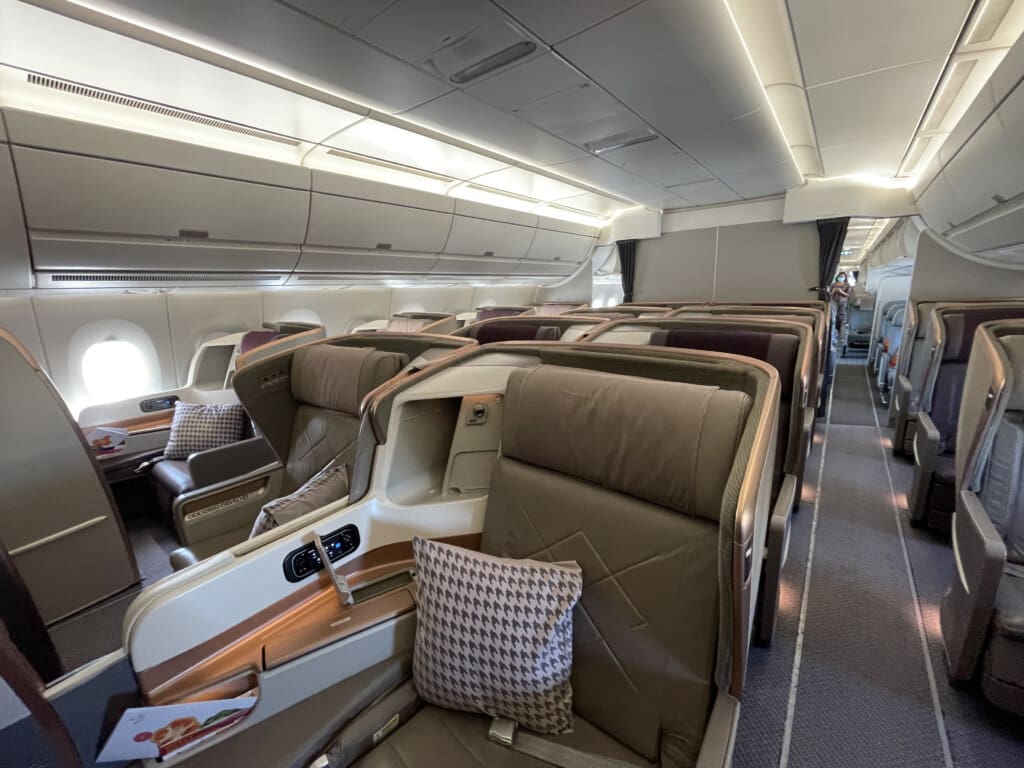
The second reason is that even if there's a particular flight you want to take, different rewards schemes may charge a different amount for that flight, and even show different levels of award space. For example, if I want to fly from Singapore to London one-way in British Airways business class, I could spend 110,000 Avios plus £290 (500 SGD/HK$3,000) in taxes.

But what if I was transferring from Max Miles, and could only spend 75,000 AAdvantage miles and £277 (479 SGD/HK$2,860) in taxes for the exact same flight? 35,000 miles is enough to get you back to Singapore in economy class if you wanted to.

That's not to mention that you could use the same number of miles and fly Etihad Airways business class, as they are an AAdvantage partner – even though Etihad isn't in the Oneworld alliance, and I wouldn't otherwise have been able to fly it at all with Avios. (Annoyingly, for this date there isn't any award space between Abu Dhabi and London in business class, though you can fly to another European port or try and find another date.)
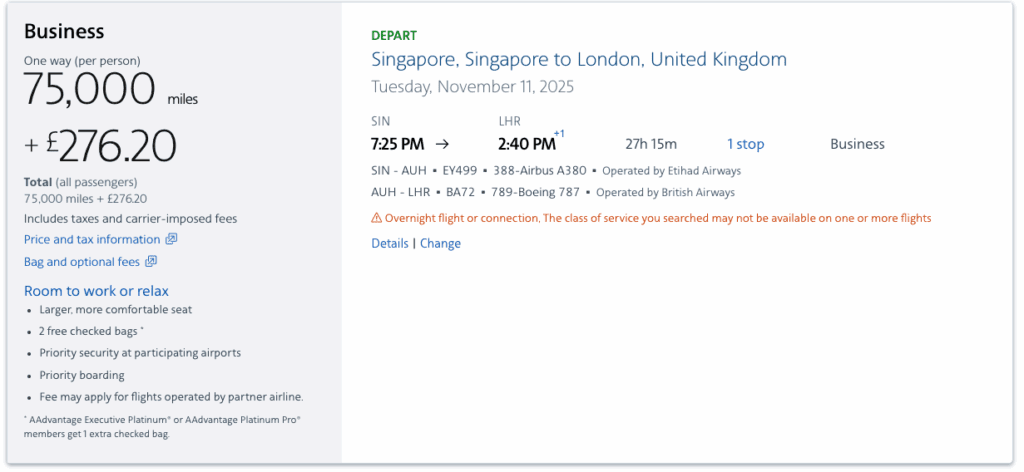
The third reason is that transferrable miles currencies open up your opportunities to earn miles that you otherwise wouldn't be able to earn easily in your geography. For example, AAdvantage doesn't self-operate credit cards in the UK or Hong Kong, and I'm more incentivised to earn Avios whenever I fly due to the fact that I'm based in those places geographically. The chance to earn miles from a different geography for high-value redemptions is really valuable to me.
Transferrable miles currencies are so worth the incremental loss in the number of miles earned, due to the huge gain in the possibilities you can redeem for with your miles. This is both that you can have more choice of which great airline products you can fly, as well as the fact that you could be spending fewer airline miles compared to if you only had one closed-loop points currency to spend.

It's now time to share a few tips for how to use transferrable points currencies, such as Max Miles.
Tip #1: Make the most of earning channels for transferrable points
My first tip is very similar to what I'd give to some starting out with miles and points – find any way to earn transferrable points.
If you're eligible for a card that allows you to earn transferrable points, I'd recommend you sign up for the card (or at least weigh up whether it's worth it, if there's a sign up fee). Sign up for loyalty schemes (such as HeyMax) that allow you to earn transferrable points, and even double dip on the aforementioned credit card points. Find habitual spending and route it through these earning channels – for example, if your transferrable points currency partners with a train operator and you travel often, make a point to book your train travel through the portal.
Personally, I would consider whether I would route some of my spending through some of HeyMax's eligible vendors. For example, if I dine out with friends, I'd consider whether I'd be able to use a vendor that partners with the transferrable points currency I'm earning. I wouldn't go overboard – don't have 100% of your meals out dictated by transferrable points – though if you find a day where you're impartial, make it part of your routine to see what's available on the currency you earn.
I might also perhaps consider whether I want to start spending hotel stays with Marriott Bonvoy or Accor, the biggest hotel-affiliated transferrable points currencies. Both of these programmes have some great properties over the world, and they also have 20-30+ airline transfer partners. If I travelled often for work, I might try and build up some loyalty with either Marriott or Accor, purely because of the transferability of their points.

The tip here is to add transferrable points earnings into your list of considerations, and not necessarily to go overboard with your loyalty. Over time, your necessary daily spending is going to rack up transferrable points that you can use for airline spend.
Tip #2: Transfer your points when you find award space
So now that you've got transferrable points in your account, when do you transfer them? I'd recommend transferring only when you see award space for a route that you'd like to fly, or when there's an aspirational hotel booking that you've got your eye on. This is despite the fact that sometimes transfers aren't instant, which means you'd need a wait a while for your miles to hit your account.
Why? This is because transferred miles can't be transferred back in the other direction – the transfer is irreversible. I'd definitely give myself the flexibility of being able to transfer miles whenever I come across award space.
At HeyMax, our direct transfer partners allow for instant miles transfers, though some of our other transfer partners take up to 5 business days. There's always a risk that any award space you find might be snapped up in that time, though I think it's worth taking that risk to keep the transferrability of your points. Unless you have a lot of points, it's not worth speculatively transferring Max Miles to de-risk losing award space, when you are losing the transferrable value of these miles.
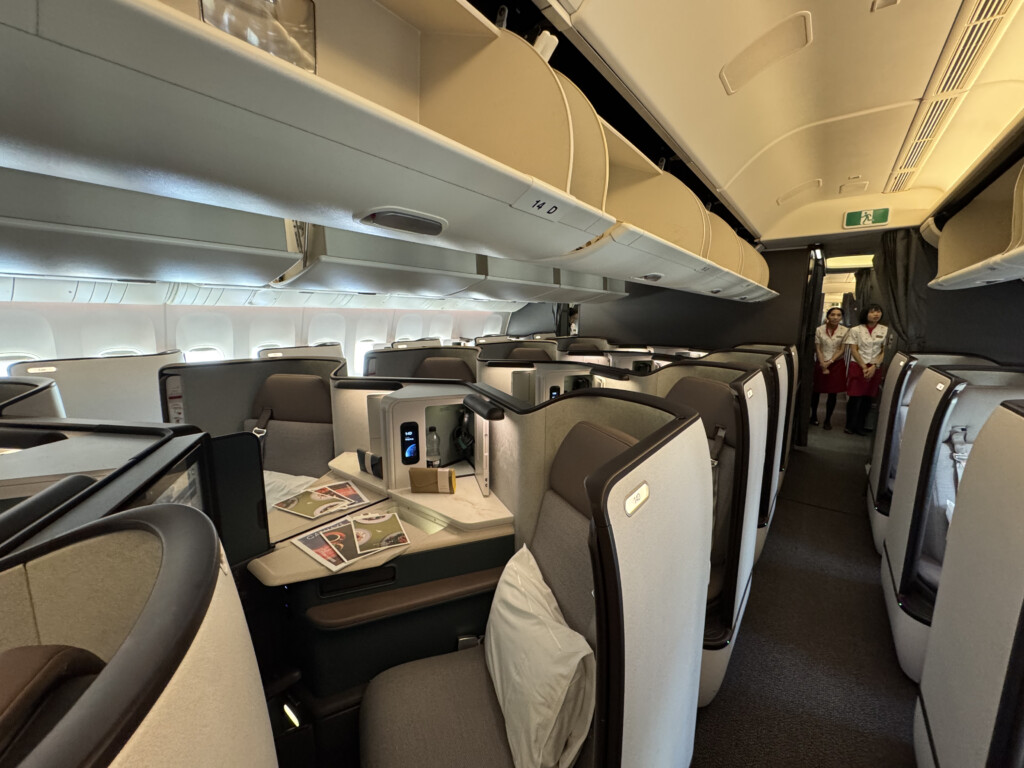
In order to address the risk of award space "slipping" during the time it takes to transfer, have a think whenever you're transferring points over – are there any other uses that you would have for these points, if you didn't manage to use them for the redemption you had your eye on? Most of the time, you'll be transferring points to an airline loyalty programme that has other good-value redemptions, or you may do a similar trip to the same destination in the future.
Tip #3: Think critically when you see transfer bonuses
Sometimes, you might see a transfer bonus when you transfer miles away from a transferrable currency to an airline loyalty programme. For example, you might be offered 20% of the number of points in excess of what you already transfer.
This could be an awesome deal, though think about whether the deal works well for you personally. What are you going to use the miles for? For example, as someone who travels frequently between Asia and Europe, I'd pounce on a Qatar Airways Avios transfer bonus. I'd also be quite quick to take an Aeroplan bonus due to the number of partners they have, even if I don't regularly fly to Canada. However, geographically it doesn't make sense for me to have Qantas miles without a specific use in mind (as I earn Oneworld miles elsewhere), so I wouldn't be as quick to jump on a transfer bonus.
If you've got a specific route in mind, monitor how often award space comes up for that route. For example, I know that British Airways rarely ever releases premium cabin award space for the route between London and Hong Kong, so I wouldn't speculatively hold miles in case award space for that route opens up. However, I'd be more likely to hold miles for the London-New York or the London-Dubai route (or even the London-Tokyo route) if I travelled often on it, since I know that those routes have more award space.
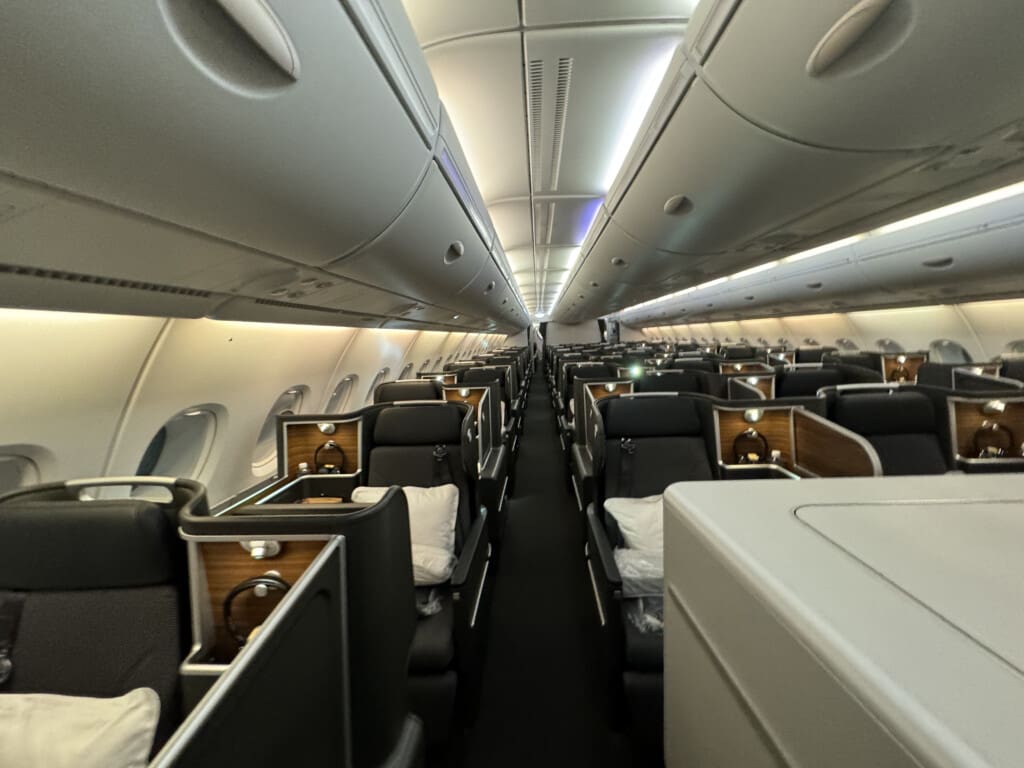
Tip #4: Stay on the low end of pricing when valuing your redemptions – your miles are supposed to give you outsized value
Generally, there's a baseline value to any transferrable point that you earn. This typically will be how much it otherwise would be exchanged for cash – for example, Max Miles can be redeemed for 0.018 SGD per mile (HK$0.12) via their FlyAnywhere programme. If a flight redemption gives you less cash value per point than that, I'd consider that a poor deal.
In premium cabins, you'll get outsized value when you manage to find award availability (hence their limited availability). Hence, I'd value each mile slightly above its simple cash-out rate, and benchmark the "cash equivalent" on the lower end of normal pricing.
For example, on a one-way between Europe and Asia, I'm ready to spend:
- ~520 SGD (HK$3,100) worth of miles in economy
- ~1,300 SGD (HK$7,800) worth of miles for premium economy
- ~2,250 SGD (HK$13,500) worth of miles in business class
These values are intentionally on the low-end when compared to typical cash fares. You might value your points differently depending on how much you're willing to pay for the route, as well as how many points you earn.
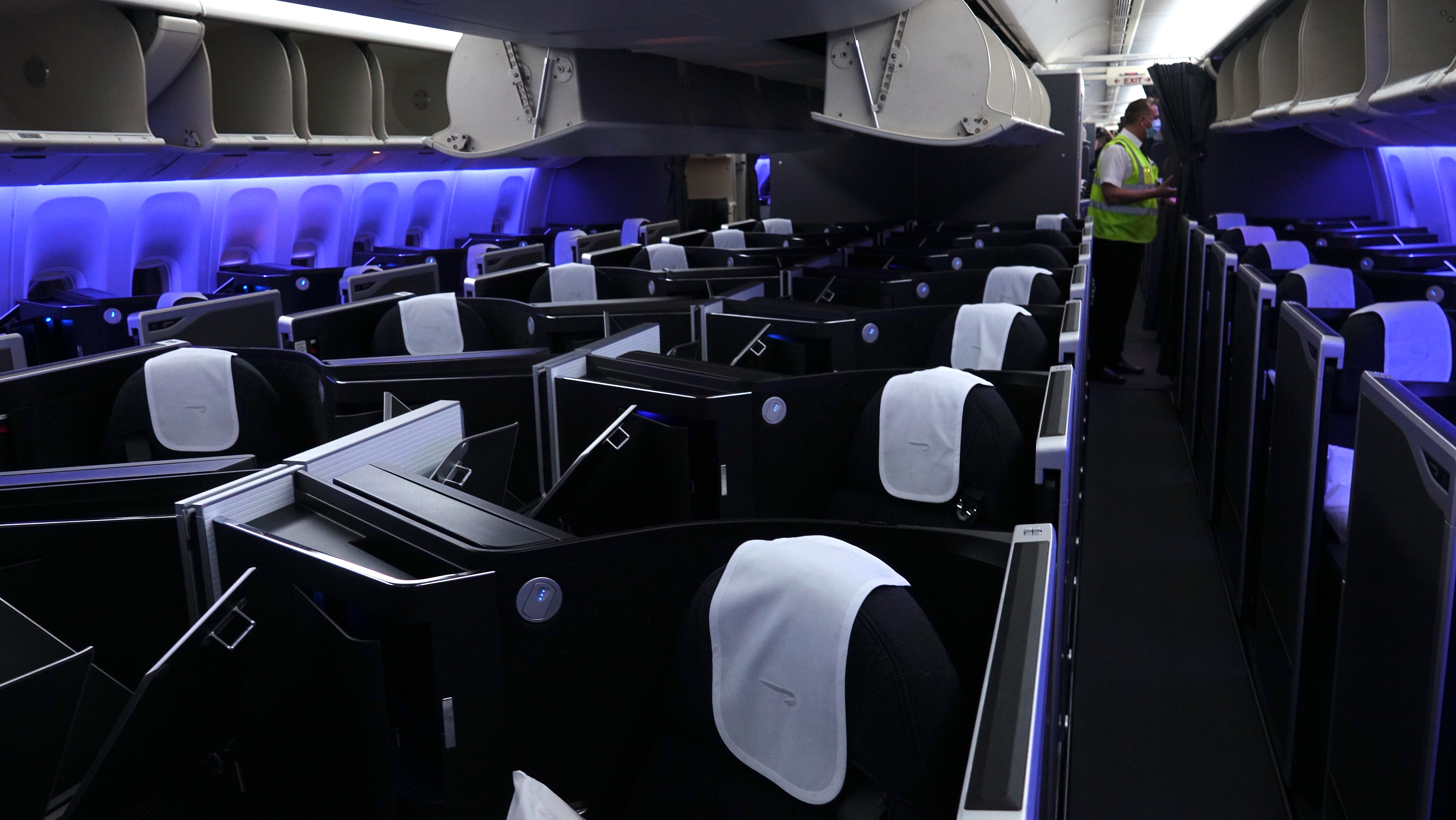
When trying to value my points, I'd make a rough calculation considering the following:
- How expensive a redemption is on the routes I take most often, and what the cash cost would be otherwise: e.g. from London to New York on Avios, all British Airways come with huge taxes and fuel surcharges, whereas American usually charges a revenue-based miles rate, so I'd consider Avios to be less valuable than if I flew another route more often)
- How many airlines I can use that point with: e.g. I consider an AAdvantage point more valuable than an Asia Miles point, as AAdvantage has more non-Oneworld partners than Asia Miles does
Conclusion
Transferrable points currencies such as Max Miles are valuable rewards schemes that increase the number of options you have for redeeming your miles. These are highly valuable not just for increasing the number of airlines you can fly, but also allowing you to take the cheapest redemption option when trying to redeem for a flight.
When using transferrable points currencies, find inbound channels for transferrable miles, try and keep points in the transferrable currency whenever possible, and value your redemptions when you make one (don't take your points to be "free").
What are your favourite uses of Max Miles, and/or your favourite other transferrable points currencies?







